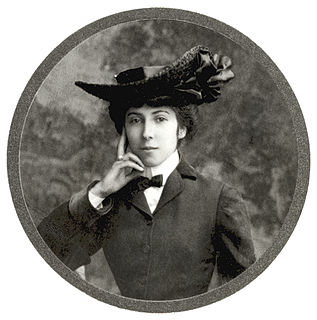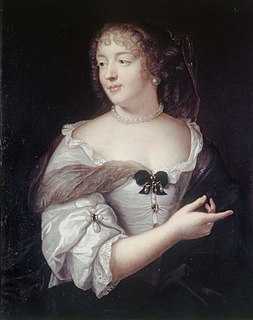 W
WCharlotte Aïssé, , French letter-writer, was the daughter of a Circassian chief, and was born about 1694.
 W
WÉmile Henri Bernard was a French Post-Impressionist painter and writer, who had artistic friendships with Vincent van Gogh, Paul Gauguin and Eugène Boch, and at a later time, Paul Cézanne. Most of his notable work was accomplished at a young age, in the years 1886 through 1897. He is also associated with Cloisonnism and Synthetism, two late 19th-century art movements. Less known is Bernard's literary work, comprising plays, poetry, and art criticism as well as art historical statements that contain first-hand information on the crucial period of modern art to which Bernard had contributed.
 W
WMarie-Angélique Charlotte, Marquis de Bombelles, was a French court office holder and letter writer. She was maid of honour and a personal friend and confidante of Élisabeth of France (1764–1794), and known in history for her correspondence with her, which is preserved.
 W
WMarie-Charlotte Hippolyte de Campet de Saujon, by marriage Countess of Boufflers, was a French femme de lettres and salon hostess. Nicknamed "l'idole" by Madame du Deffand, she was a lady in waiting to the Duchesse de Chartres and a mistress of Chartres' brother, the Prince de Conti.
 W
WCharles de Brosses, comte de Tournay, baron de Montfalcon, seigneur de Vezins et de Prevessin, was a French writer of the 18th century.
 W
WPierre Ambroise François Choderlos de Laclos was a French novelist, official, freemason and army general, best known for writing the epistolary novel Les Liaisons dangereuses (1782).
 W
WPaul Louis Courier, French Hellenist and political writer, was born in Paris.
 W
WPauline Marie Armande Aglaé Craven was a French author.
 W
WAlphonse Daudet was a French novelist. He was the husband of Julia Daudet (Mastani) and father of Edmée Daudet, and writers Léon Daudet and Lucien Daudet.
 W
WJuliette Drouet, born Julienne Josephine Gauvain, was a French actress. She abandoned her career on the stage after becoming the mistress of Victor Hugo, to whom she acted as a secretary and travelling companion. Juliette accompanied Hugo in his exile to the Channel Islands, and wrote thousands of letters to him throughout her life.
 W
WMarie Anne de Vichy-Chamrond, marquise du Deffand was a French hostess and patron of the arts.
 W
WJeanne de Coëme, Dame de Lucé and de Bonnétable (1555–1601) was a French noble and courtier. She was the daughter of Louis de Coesme and a member of the House of Bourbon. She married François de Bourbon, titled the Prince of Conti. As such, after her marriage she was the Princess of Conti.
 W
WFrançois VI, Duc de La Rochefoucauld, Prince de Marcillac was a noted French moralist and author of maxims and memoirs. He is part of the literary movement of classicism and best known for his maxims. Although he only officially published his Memoirs and his Maxims, his literary production is dense.
 W
WBlanche-Joséphine Le Bascle d'Argenteuil, by her second marriage duchess of Maillé, was a French lady of letters and memoir writer. She has left highly interesting memoirs in which her legitimist convictions are shown not to affect the sharpness of her political analysis.
 W
WJeanne Julie Éléonore de Lespinasse was a French salon holder and letter writer. She held a prominent salon in Paris during the Enlightenment. She is best-known today, however, for her letters, first published in 1809, which offer compelling accounts of two tragic love affairs.
 W
WJacques Mallet du Pan,, citizen of Geneva, was a journalist, who took up the Royalist cause during the French Revolution.
 W
WCatherine Marthe Louise Pozzi was a French poet and woman of letters.
 W
WJeanne Françoise Julie Adélaïde Récamier, known as Juliette, was a French socialite, whose salon drew Parisians from the leading literary and political circles of the early 19th century. As an icon of neoclassicism, Récamier cultivated a public persona of herself as a great beauty and her fame quickly spread across Europe. She befriended many intellectuals, sat for the finest artists of the age, and spurned an offer of marriage from Prince Augustus of Prussia.
 W
WMarie de Rabutin-Chantal, marquise de Sévigné was a French aristocrat, remembered for her letter-writing. Most of her letters, celebrated for their wit and vividness, were addressed to her daughter. She is revered in France as one of the great icons of French 17th-century literature.
 W
WThéophile de Viau was a French Baroque poet and dramatist.